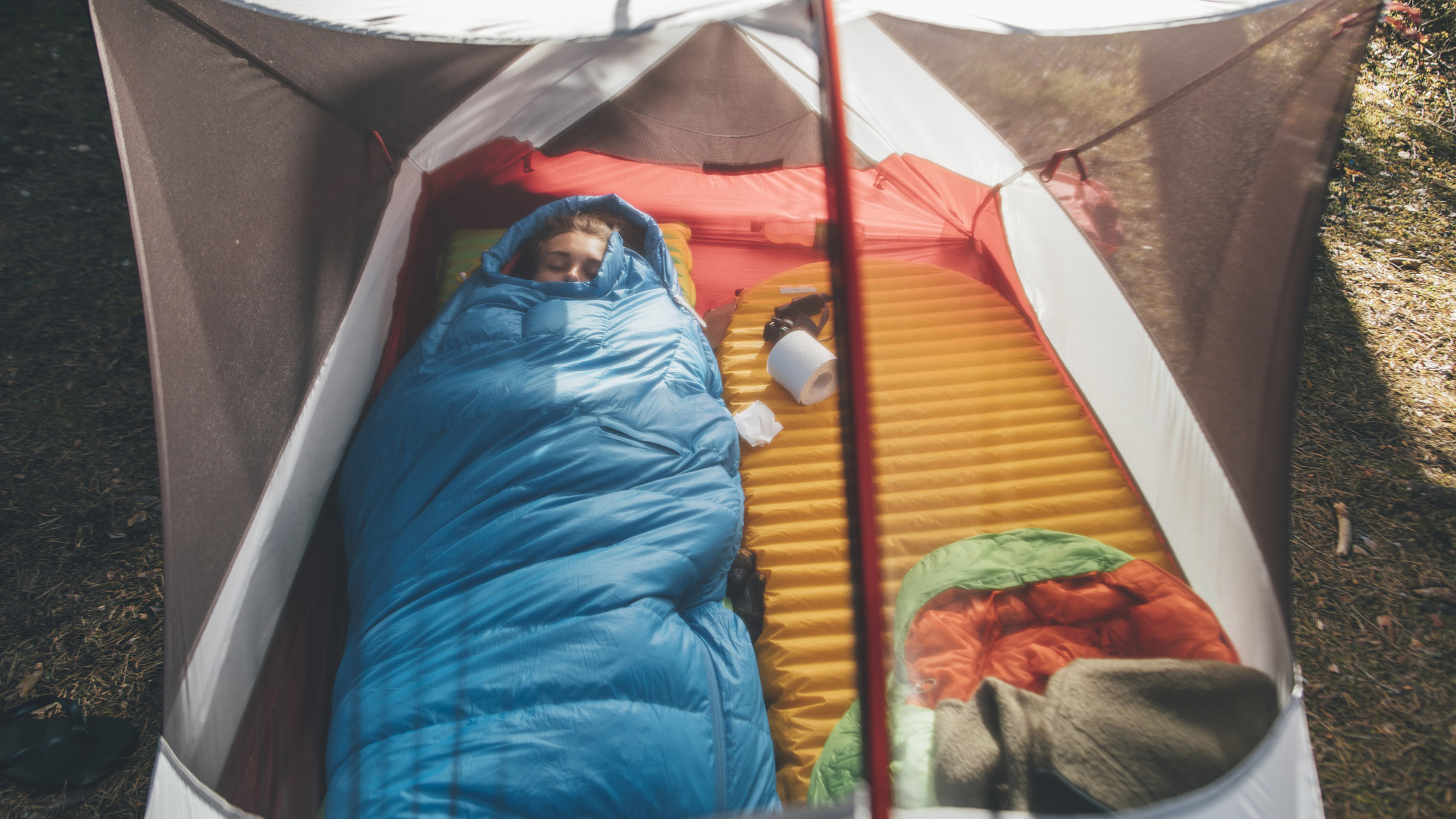
What’s on your ‘good night’s sleep’ kit list? Hooded sleeping bag? Silicone ear plugs? Snuggles the Bear? (Just me?) A quality sleeping pad is going to be right up there at the top too, and for multi-day trips and backcountry adventures an inflatable type is a great choice.
If you've shopped around for one recently you'll notice that while they start at around $30 (£23), you can pay anything up to an eye-watering $400 (£300) for a top-end version.
These bits of gear need to be comfortable, portable, reliable and help keep you warm – but do they need to be the price of a queen-size mattress?
There are a couple of types of inflatable sleeping pads to choose from, and both can come with a hefty price tag.
Non-insulated air pads are extremely light and compact, good for ultralight enthusiasts and hardy warm-weather campers.
Insulated air pads are at the top end of the price range, with a good mix of insulation and cushioning, offering comfort and warmth for minimal weight.
We explore the different types of mats further in our guide to the best sleeping pads.
Some styles come in ‘female specific' versions, which you can find out more on in our reviews of the best women’s sleeping pads.
In reality, there are many reasons why sleeping pads cost what they do. A lot of it comes down to creating and manufacturing the technical designs and buying the specialized materials. And of course, there are the coveted brands that folk are happy to spend extra on.
In this article, we take a look at some of the main reasons why sleeping pads cost so much, and offer advice on investing in the right one, plus how to bag a bargain if you can.
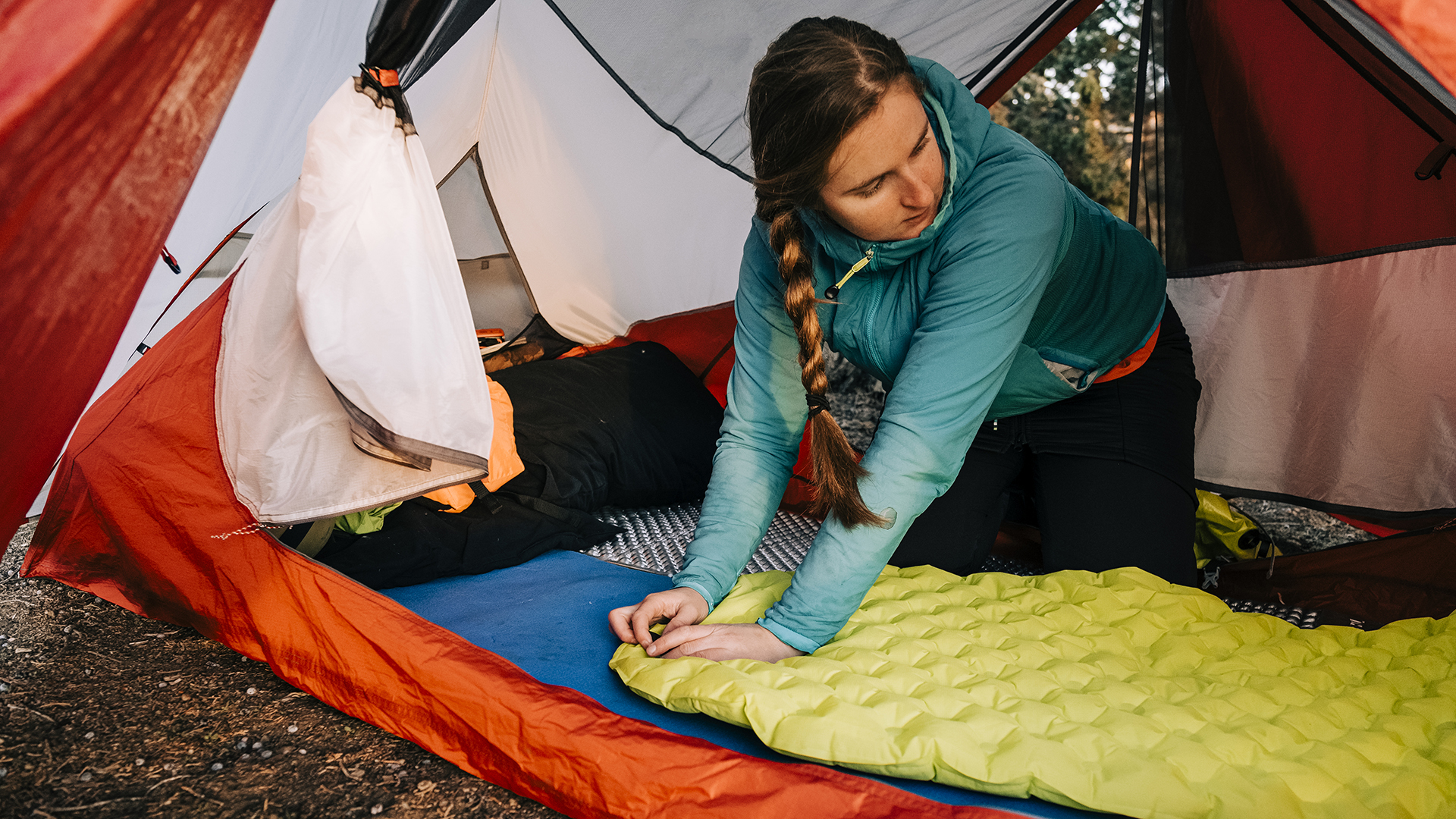
Cost of materials
At a glance it may not look like a complex bit of kit, but there's a lot that goes into the construction of an inflatable sleeping pad. Firstly, it has to be airtight. The worst sleeping pad is the one that lets you down (literally) in the middle of the night.
Over time mats can lose their airtightness, and cheaply made models are more likely to suffer a puncture, or lose air at the seams or valve. Investing in ultra-strong but ultra light materials comes with a price tag. The durable outer layer – usually polyester or nylon – must be hardy while still light and compressible.
Insulated air mats also include a layer of insulation, usually polyester, sometimes trademarked versions such as Thermolite or PrimaLoft. PrimaLoft is made from ultra-fine polyester fibres, which trap air but have a low mass and are also breathable. They help stop air warmed by the heat of your body from flowing away from it.
High-performance sleeping pads will also include a reflective barrier to stop heat radiating away from you. Cheap reflective films are more likely to rustle or crinkle when you move, but the more expensive versions are silent, helping you sleep in peace.
Some of these technical materials have patents, so brands are going to have to pay to incorporate them in their designs, which means a higher price tag for you.
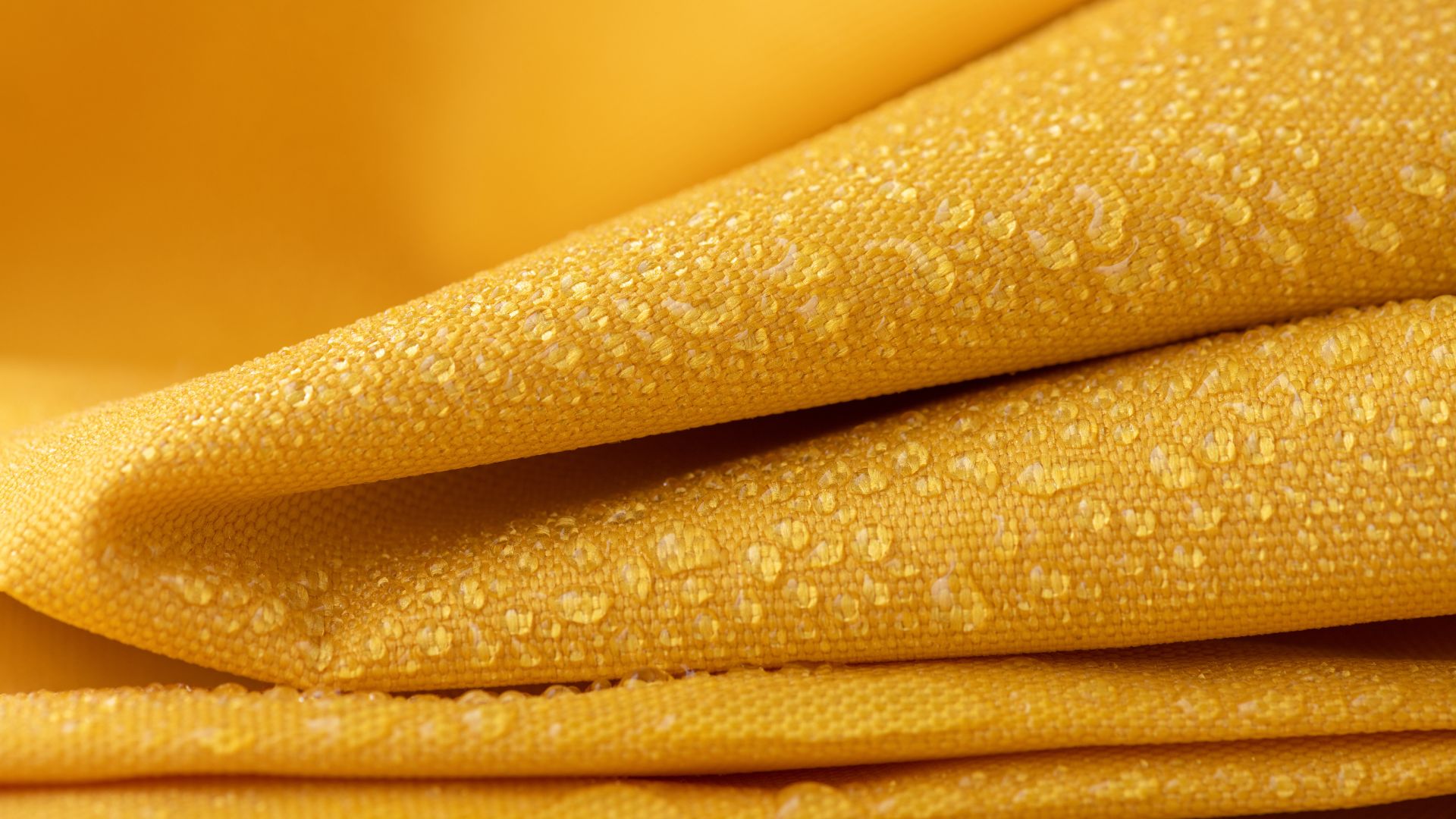
Manufacturing
If your sleeping pad uses high-performing technical materials, then you’re on your way to a good night’s sleep. But how they’re put together makes a difference too.
Ideally, you want a thick, sumptuous, stable pad that still packs away small. Mats such as the Therm-a-Rest NeoAir XLite NXT offers 10cm thickness, whereas a cheaper model could be half that.
As well as providing stability, baffling and ridges in your pad create air chambers, trapping warmed air and preventing it from being squeezed to the edges and escaping.
In less expensive models these baffles are created by heat compressing. Areas of the top and bottom of the pad are welded together providing a dimpled or ridged finish. This process goes some way to giving comfort, creating air chambers, but it leaves very thin areas of the pad that heat can escape from. It means that insulation can’t be introduced either.
Sea to Summit prides itself on its RF (radio frequency) welding technique, which creates air cells in its air-sprung sleeping mats while keeping them completely 3D. In some models, a double layer of cells around the torso area give fine-tuned stability.
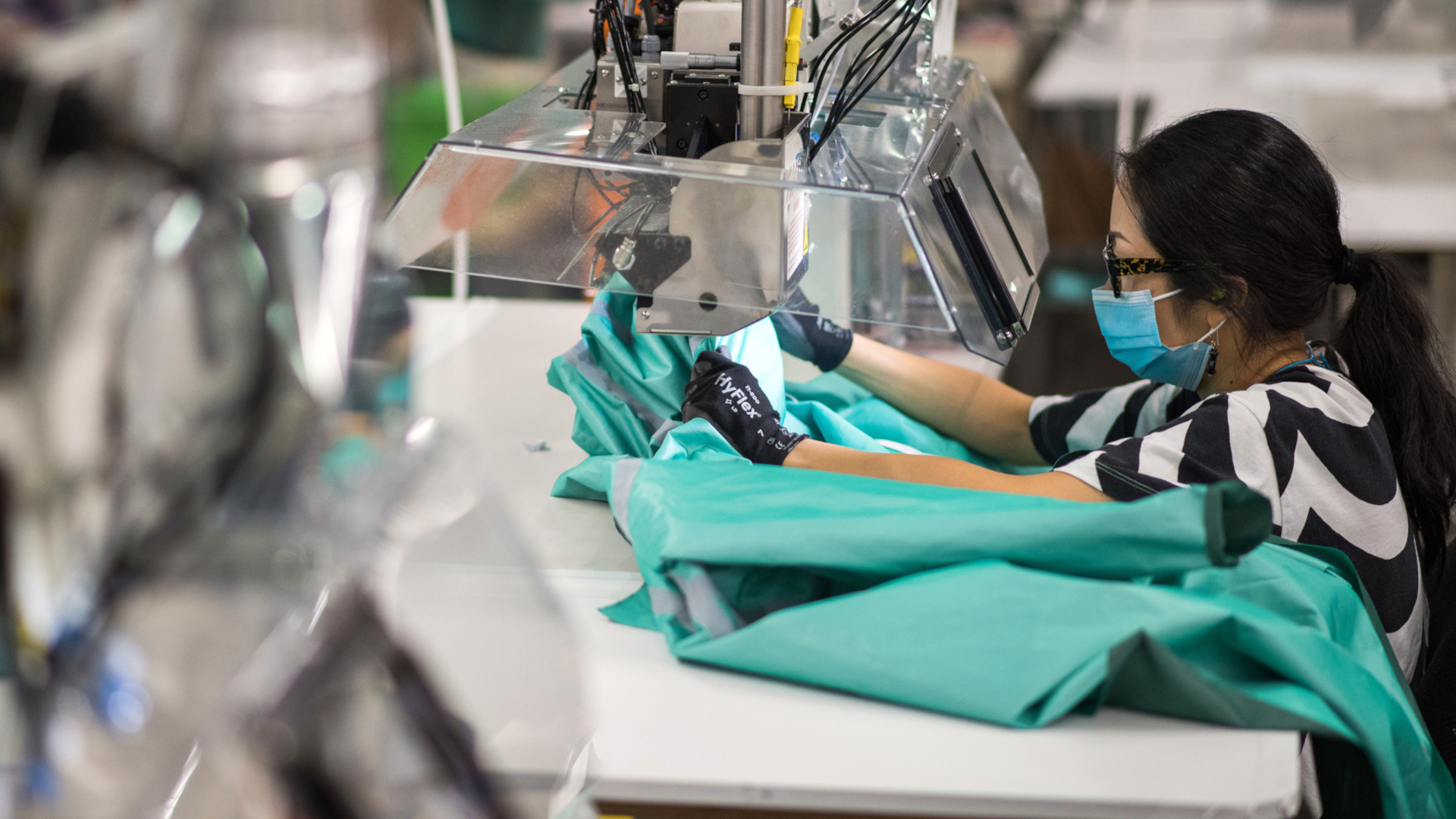
A big factor in the cost of making sleeping pads is the country they’re manufactured in. More expensive brands have a commitment to manufacturing transparency, and creating this transparency alone costs money.
Well-known brands may keep the design HQ in the US and Europe, and sometimes even a certain percentage of manufacturing, but many have moved manufacturing abroad, to keep end product costs more affordable.
Therm-a-Rest, for example, was founded in Seattle in 1972 and the creators had wanted to use only 'the best materials and expert workers'. It was essential they believed, to manufacture in the US.
When Cascade Designs took the Therm-a-Rest brand to Europe, a manufacturing center was opened in Ireland. And gear for the European market is still made there today.
It means that the company can make sure all employees, from the production team, to the engineers and the office staff, are committed to producing top-quality gear and service.
Research and innovation
Packability, comfort, weight and reliability – if you compare a mid-range sleeping pad to one 10 years ago, you’ll realize how much these bits of gear have moved on.
Brands producing the most high-performance gear invest a lot in research and development in the manufacturing process to help evolve it. Without this investment, we might still be hiking around in camel-hair coats and grass-stuffed shoes. There’s also the stringent lab and field testing before the product hits the shelves.
Have you heard of sleeping pads' R-value? When it comes to warmth, these products are given an R-value, which reveals how well your sleeping pad resists heat loss into the ground (most range from 1.0 to 5.5).
There’s now a national standard – the ASTM R-Value – so that you can be sure you're getting the insulating properties you pay for. Manufacturers have played their part in this standardization.
As well as sometimes using patented technologies in products, brands create their own. There’s Therm-a-Rest’s Triangular Core Matrix, for example. A trademarked 'two-tiered construction of triangular baffles', which the brand says ‘creates the most stable air pad available’.
It has also patented its TwinLock Valves, which it claims are ‘five times faster than traditional valves’.
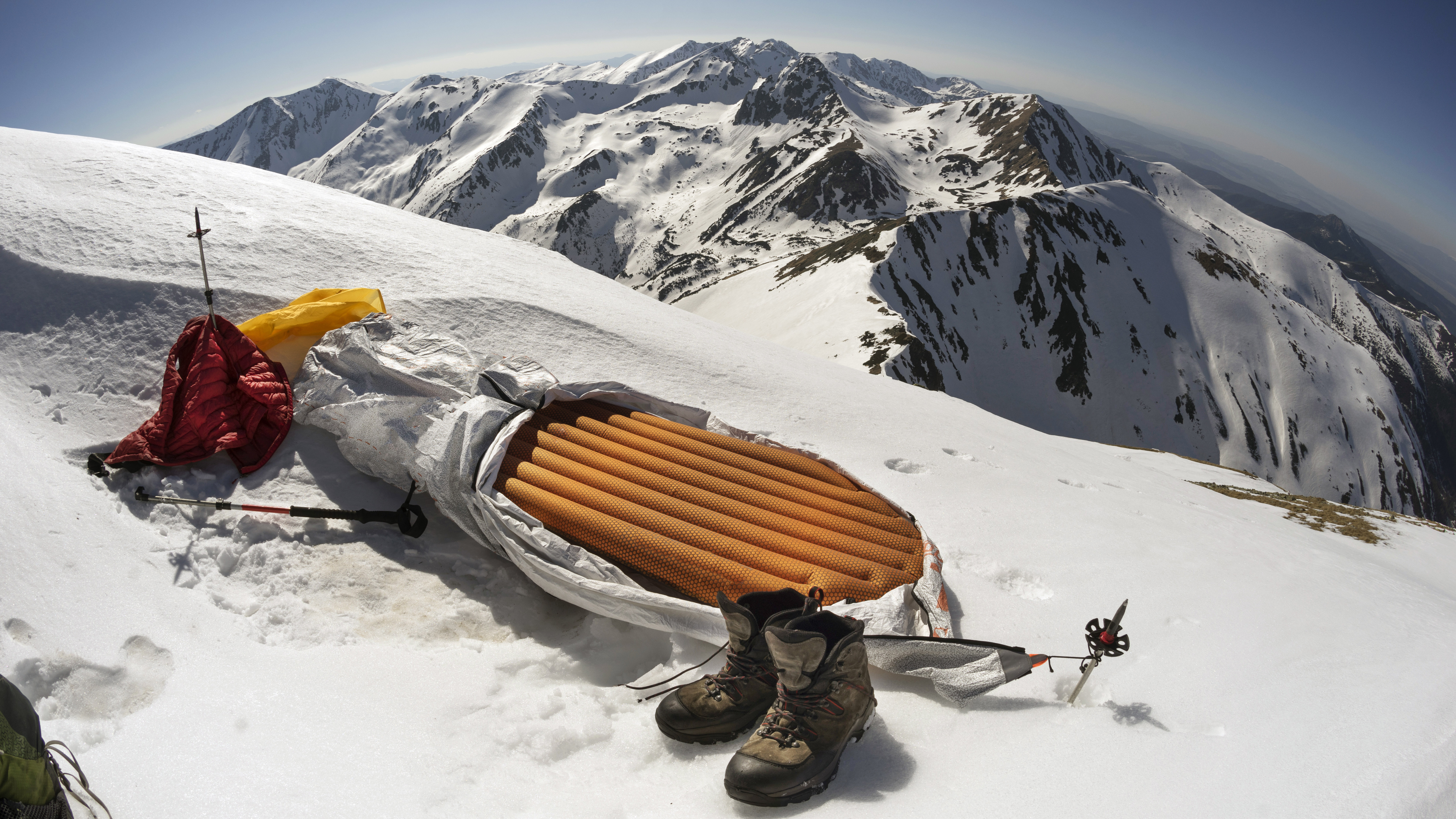
Environmental and social impact
Many outdoors brands have been quick to commit to making more of an effort to look after Mother Nature.
The investment isn't to be sneezed at – they've had to rethink ways to create products that use fewer resources, produce less waste and last longer. They've used technology and employed more people to calculate and reduce emissions; made supply chains more transparent and improved sustainability in production.
For a higher price tag, you're more likely to be offered pads made from recycled materials, have trees planted when you buy a product or get yours delivered in plastic-free packaging.
As well as committing to reducing carbon emissions, companies such as Nemo Equipment are looking at their social impact. They say they are working to source responsibly and are investing in advocacy, using the brand’s power to influence society and politics.
All of course, is reflected in the price of your pad.
If you want to be more environmentally friendly in your outdoor adventures, see our article on easy ways to make your hiking more sustainable.
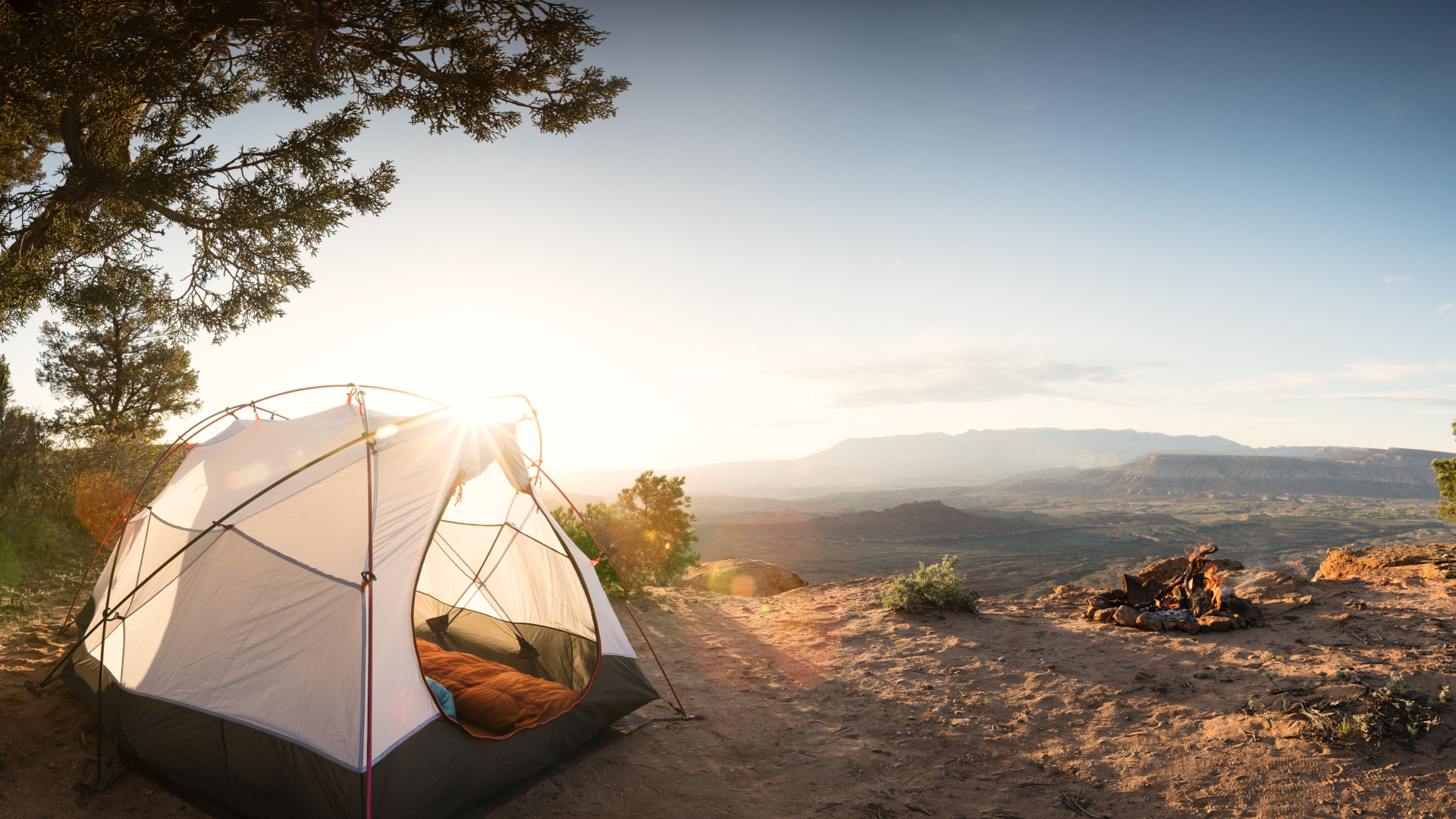
Extras
If you pay more for your sleeping pad you're more likely to get a longer warranty periods – you can get a pad repaired or replaced, which should save you in the long run. Some brands even offer a lifetime guarantee. These companies will probably be more responsive if you contact them with a problem when your mat doesn’t meet expectations.
A higher-priced sleeping pad is more likely to come with extras and accessories, such as puncture repair patches, or stuff sacks that double up as a pump.
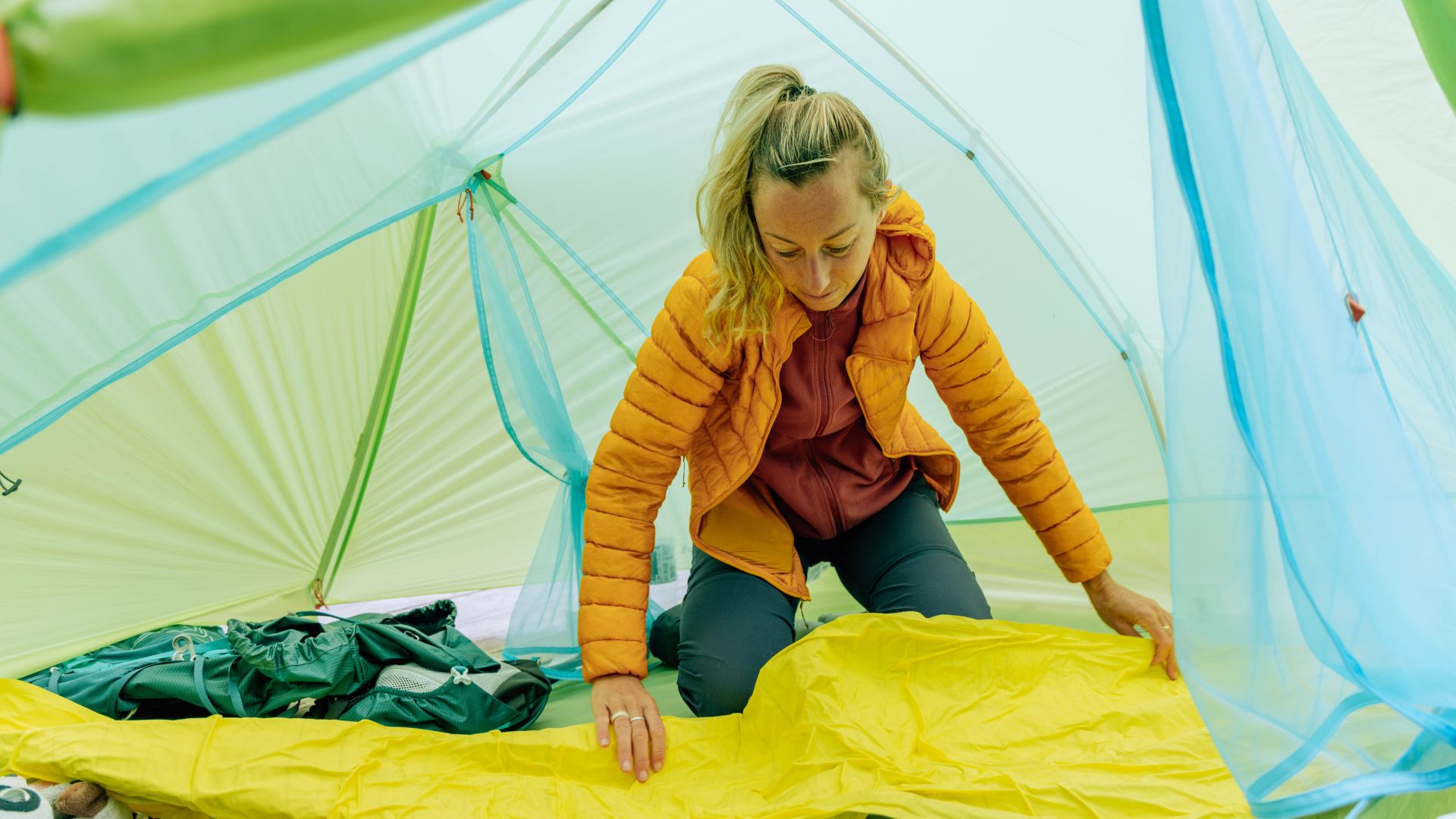
How to shop for a deal
1. Buy the right spec for you
If you buy right you won’t need to buy twice. If you think you’re going to enjoy ultra-marathons, is there someone who can lend you a sleeping mat for the first event, or can you hire one, until you know you’re definitely going to do more?
Inflatable sleeping pads can come in different widths and lengths, and some brands are cheaper for the smaller version. If you can get away with it, opt for the shorter length.
2. Read reviews
Verified customer reviews, as well as independent testing sites such as ours, are brilliant sources of information that confirm whether or not a sleeping pad stands up to the manufacturer’s claims. Perhaps it contains a stuff sack that doubles up a pump. But is this pump actually going to suffice – or is it a waste of time? You can find out before you buy.
3. Think of resale value
High-performing gear made by trusted brands has good resale value. Post on forums, share in outdoors groups if the admin permits, or local outdoor buying and selling groups, and you can always shift something when you're done with it. Keep the receipt so you can prove how long ago you bought it and that you’ve been the sole owner.
4. Buy second hand
Similarly, keep your eye out for steals in all the above places.
5. Shop around for a deal
It requires forward planning but usually the cheapest time to buy summer gear is at the end of the summer. Same for winter. As brands make room for the distribution of new seasonal stock, and new models of the previous product are launched, prices are more likely to be cut and you can find a pad 20% or 30% cheaper than it was mid-season.







